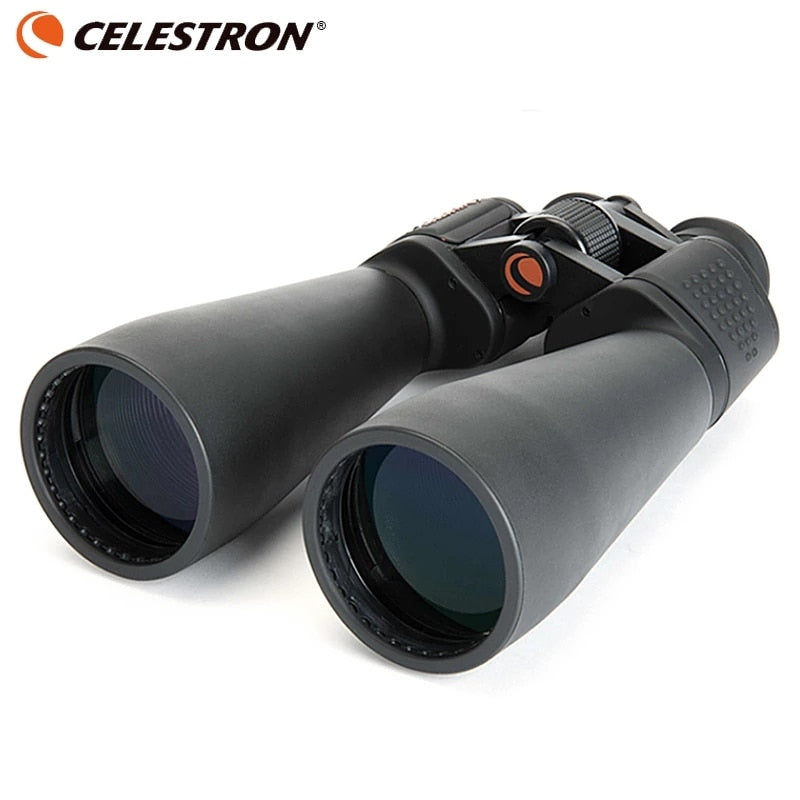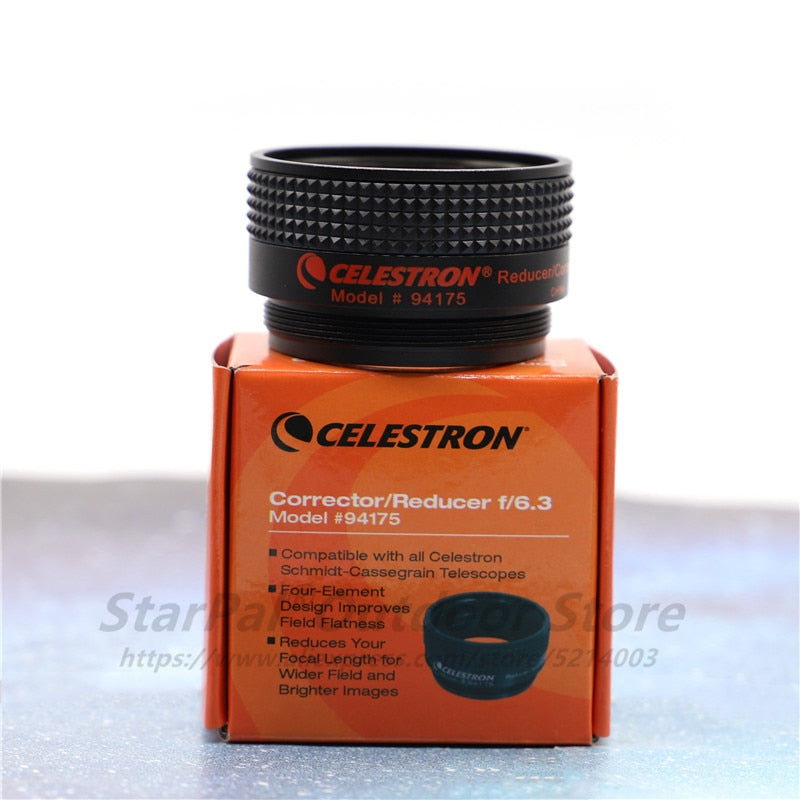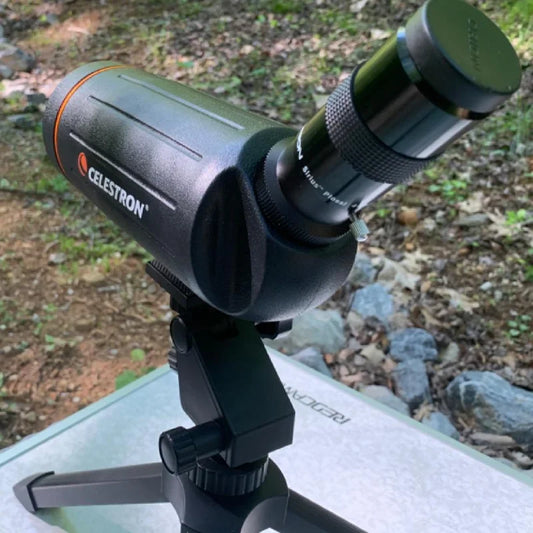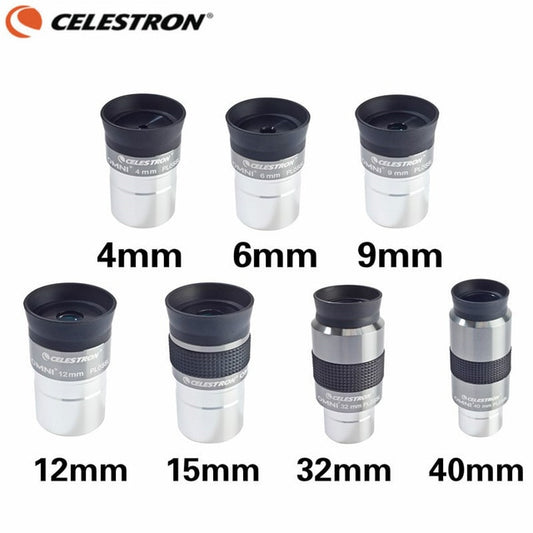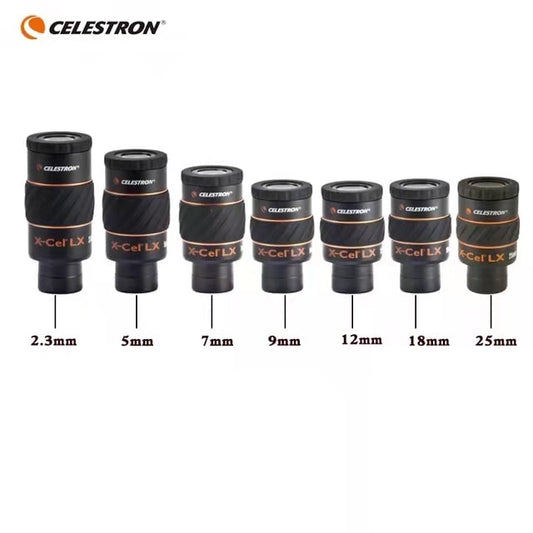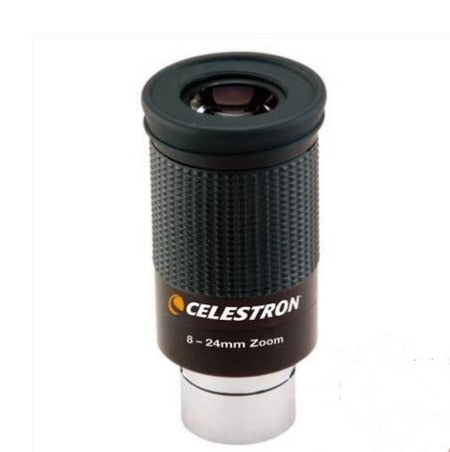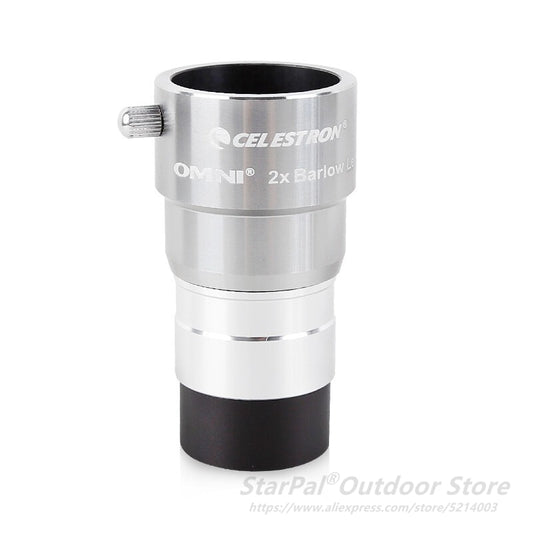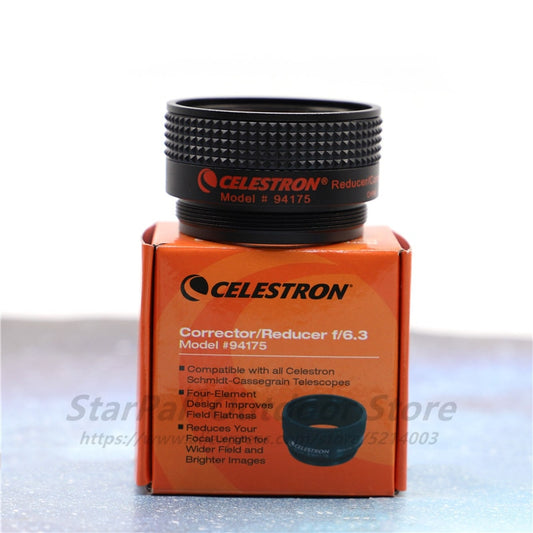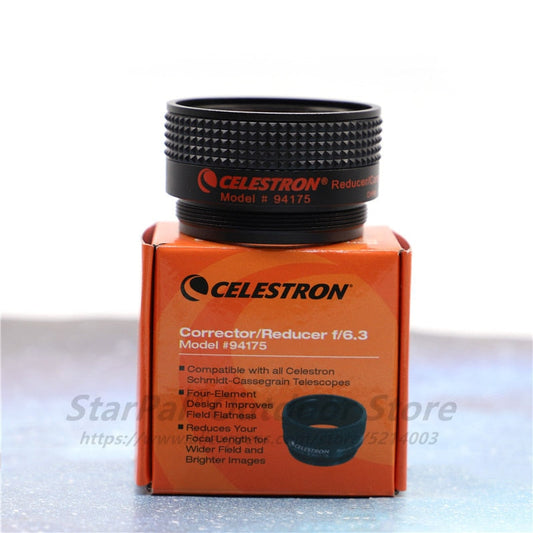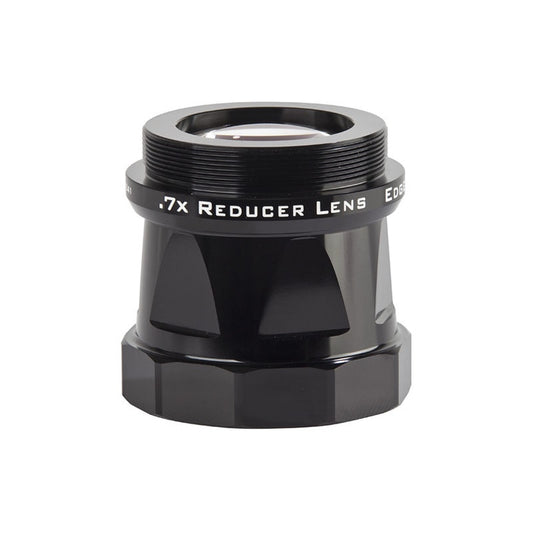If you are looking for a telescope that can give you a stunning view of the night sky while being easy to use, the Celestron NexStar 8SE Computerized Telescope might be the one for you. This telescope is perfect for beginner to intermediate astronomers who want a high-quality, versatile instrument that can be used for both planetary and deep sky observations.
Features
The Celestron NexStar 8SE is an 8-inch Schmidt-Cassegrain telescope that has a focal length of 2032mm and a focal ratio of f/10. It comes with a fully automated GoTo mount and hand controller that allows you to easily find and track celestial objects. The mount is equipped with a database of over 40,000 celestial objects that can be accessed through the hand controller, making it easy to find and track specific targets.
The telescope also features Celestron's SkyAlign technology, which allows you to align the telescope with the night sky quickly and easily. All you have to do is point the telescope at any three bright stars, and the SkyAlign system will automatically calculate the telescope's position and orientation. This feature saves you the time and frustration of manually aligning the telescope.
The Celestron NexStar 8SE also has a sturdy and lightweight tripod that can be easily set up and adjusted to your preferred height. The tripod comes with an accessory tray that can hold eyepieces and other accessories, keeping them within reach while observing.
Optics
The Celestron NexStar 8SE uses high-quality optics to provide clear and sharp views of the night sky. The telescope's 8-inch aperture collects a significant amount of light, making it perfect for observing deep sky objects such as galaxies, nebulas, and star clusters. The telescope also comes with a 25mm eyepiece that provides a magnification of 81x and a 6x30 finderscope to help locate objects.
Pros
- Fully automated GoTo mount and hand controller make it easy to find and track celestial objects
- Celestron's SkyAlign technology simplifies the alignment process
- High-quality optics provide clear and sharp views of the night sky
- Large aperture allows for excellent deep sky observations
- Sturdy and lightweight tripod is easy to set up and adjust
Cons
- The telescope's focal ratio of f/10 can make it difficult to observe some deep sky objects
- The hand controller can be difficult to navigate for beginners
What can you see with a Celestron NexStar 8SE
Celestron NexStar 8SE is one of the most popular computerized telescopes in the market. It's a versatile and powerful instrument that can reveal wonders of the universe to amateur and professional astronomers alike. In this blog post, we'll discuss what you can see with a Celestron NexStar 8SE telescope.
Firstly, let's talk about the telescope's features. The Celestron NexStar 8SE comes with an 8-inch aperture, which means it can gather a significant amount of light to produce bright and sharp images. The telescope also comes with a fully automated GoTo mount that can locate over 40,000 celestial objects with just a push of a button. Additionally, it has a sturdy and stable design that allows for easy setup and observation.
Now, let's explore what celestial objects you can observe with the Celestron NexStar 8SE telescope:
Planets: With its high magnification power, the NexStar 8SE can provide an excellent view of the planets in our solar system. You can observe Jupiter's cloud bands, the Great Red Spot, and its four largest moons. You can also see Saturn's famous rings and its largest moon, Titan. Mars, Venus, and Mercury can also be observed with this telescope.
Deep Space Objects: The NexStar 8SE is an excellent instrument for observing deep space objects such as galaxies, nebulae, and star clusters. With its 8-inch aperture, you can observe the Andromeda Galaxy, the largest galaxy in our Local Group, as well as the Whirlpool Galaxy and the Triangulum Galaxy. You can also observe the Orion Nebula, the Lagoon Nebula, and the Dumbbell Nebula. Star clusters such as the Pleiades and the Beehive Cluster can also be observed with this telescope.
Moon: The Celestron NexStar 8SE telescope provides an incredible view of the Moon. You can see craters, mountains, and valleys on the lunar surface with great detail. With the telescope's high magnification power, you can observe the Moon's phases and features such as the Lunar Terminator, where the shadow line separates the illuminated and dark parts of the Moon.
Comets and Asteroids: The NexStar 8SE is also capable of observing comets and asteroids. While these objects are not always visible, with the telescope's automated GoTo mount, you can track them as they move through the sky. The telescope's high magnification power can reveal details on the surface of asteroids such as Ceres and Vesta.
Conclusion
The Celestron NexStar 8SE Computerized Telescope is an excellent choice for beginner to intermediate astronomers who want a high-quality instrument that is easy to use. The telescope's fully automated GoTo mount and hand controller, as well as Celestron's SkyAlign technology, make it easy to find and track celestial objects. The large aperture and high-quality optics provide clear and sharp views of the night sky, making it perfect for observing deep sky objects. The sturdy and lightweight tripod is easy to set up and adjust, making it a great choice for traveling. Overall, the Celestron NexStar 8SE is an excellent investment for anyone interested in astronomy.
Celestron NexStar 8SE telescope is a powerful and versatile instrument that can reveal a wide range of celestial objects. From planets and the Moon to deep space objects such as galaxies and nebulae, this telescope can provide excellent views with its high magnification power and fully automated GoTo mount. If you're looking for a telescope that can offer you incredible views of the night sky, the Celestron NexStar 8SE is an excellent choice.
More Celestron Topics:
- How to use a Celestron telescope for Beginners
- Best Celestron Telescope for Astrophotography
- Best Celestron Refractor Telescope
- Celestron Astromaster 130EQ Review
- Celestron PowerSeeker 127EQ Telescope Review
- Celestron Travel Scope 70 Review
- Celestron Astromaster 70AZ Telescope Review




